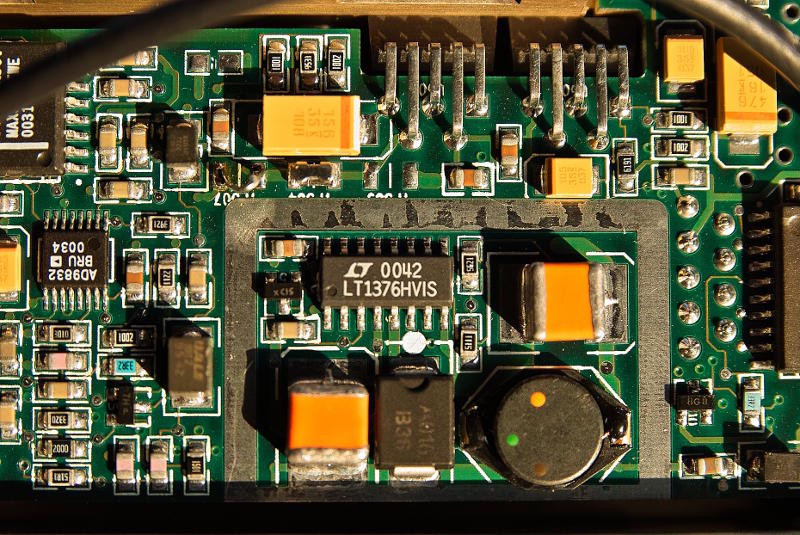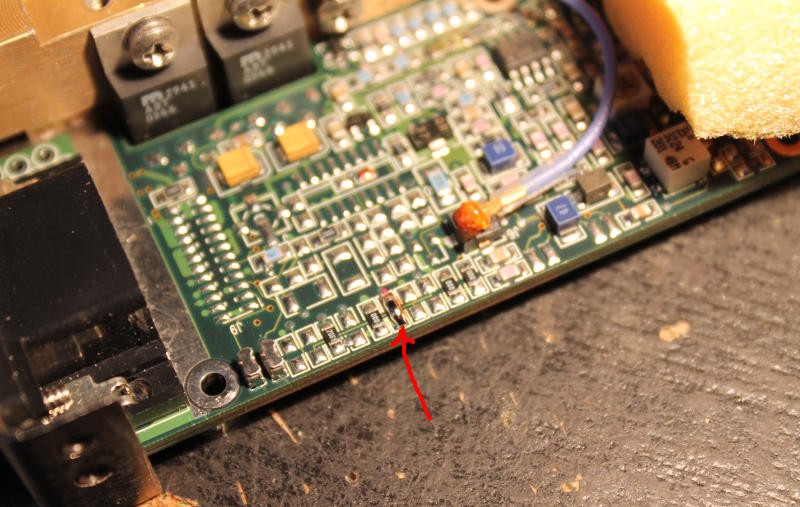The FE-5680 family has so many variants !
Some need an external 5V power supply, others generate it internally.
The external supply makes sense to save a buck or two on a buck (pun) converter and its parts. The other solution is good to keep the modules count down. So the parts of the converter may or may not be soldered.
This is illustrated on figure 4 of http://www.ka7oei.com/10_MHz_Rubidium_FE-5680A.html where one unit has no parts (and gets a replacement) and the other is populated.
More interesting is the hack that brings the internal 5V to the main connector. For reference, the picture is there :

Now, I had to deal with two things
- I don't have this model, the connector and the PCB are different.
- I forgot where I found this picture.
But in order to get the lock signal conveniently, I need some voltage to pull up and/or light an LED. So let's find which jumper goes to pin 3 of the HD15 connector. Fortunately
- The board is not radically different
- I had a vague souvenir that there was a pad to short near the edge.
What did I do ?
I wired a 100K resistor to the 'scope's probe test point (2Vpp square) and hooked the signal to the HD15 pin. Simultaneously I probed the pads that I thought would be the best candidates.
Examination of the PCB near the HD15 pins shows that there is at least a filtering capacitor (and even probably a Pi C-L-C network). So of course the signal would be distorted but the frequency is low enough to pass and appear as some sort of sawtooth.
After carefully checking I bridged the pads with solder and I got 5V !
Of course, don't do this at home, kids. Since many models are different, the configuration might be somewhere else, see how it changed from model A to model B !
Ah yes this hack is also explained in Ruby Writeup (I mirored the PDF here). I have read his explanations and this hack was not clear to me at that moment, but I memorized it. When I needed it, half a day later, it was obvious I had to do it too. So no, I didn't invent this ;-)
 Yann Guidon / YGDES
Yann Guidon / YGDES



Discussions
Become a Hackaday.io Member
Create an account to leave a comment. Already have an account? Log In.